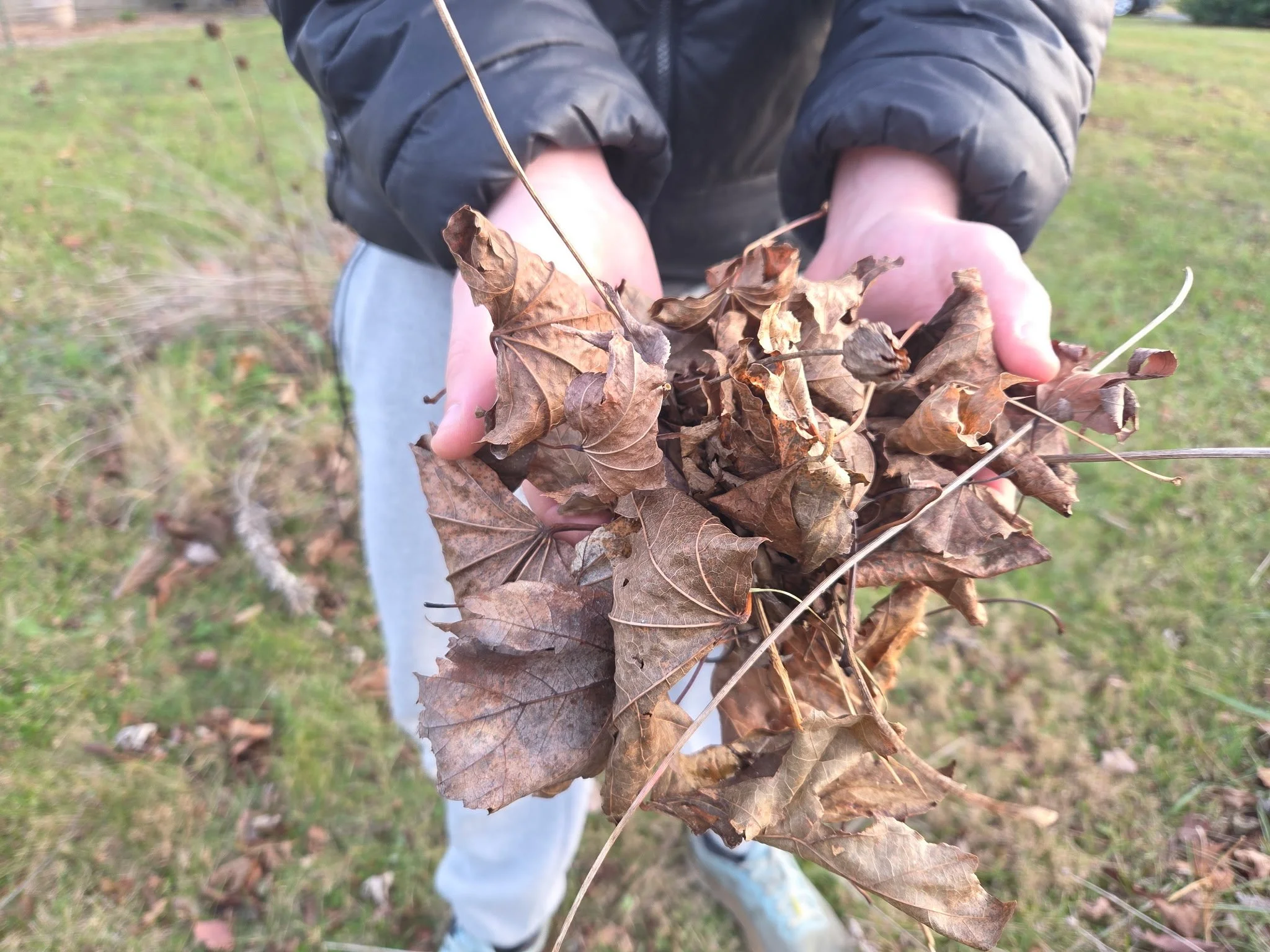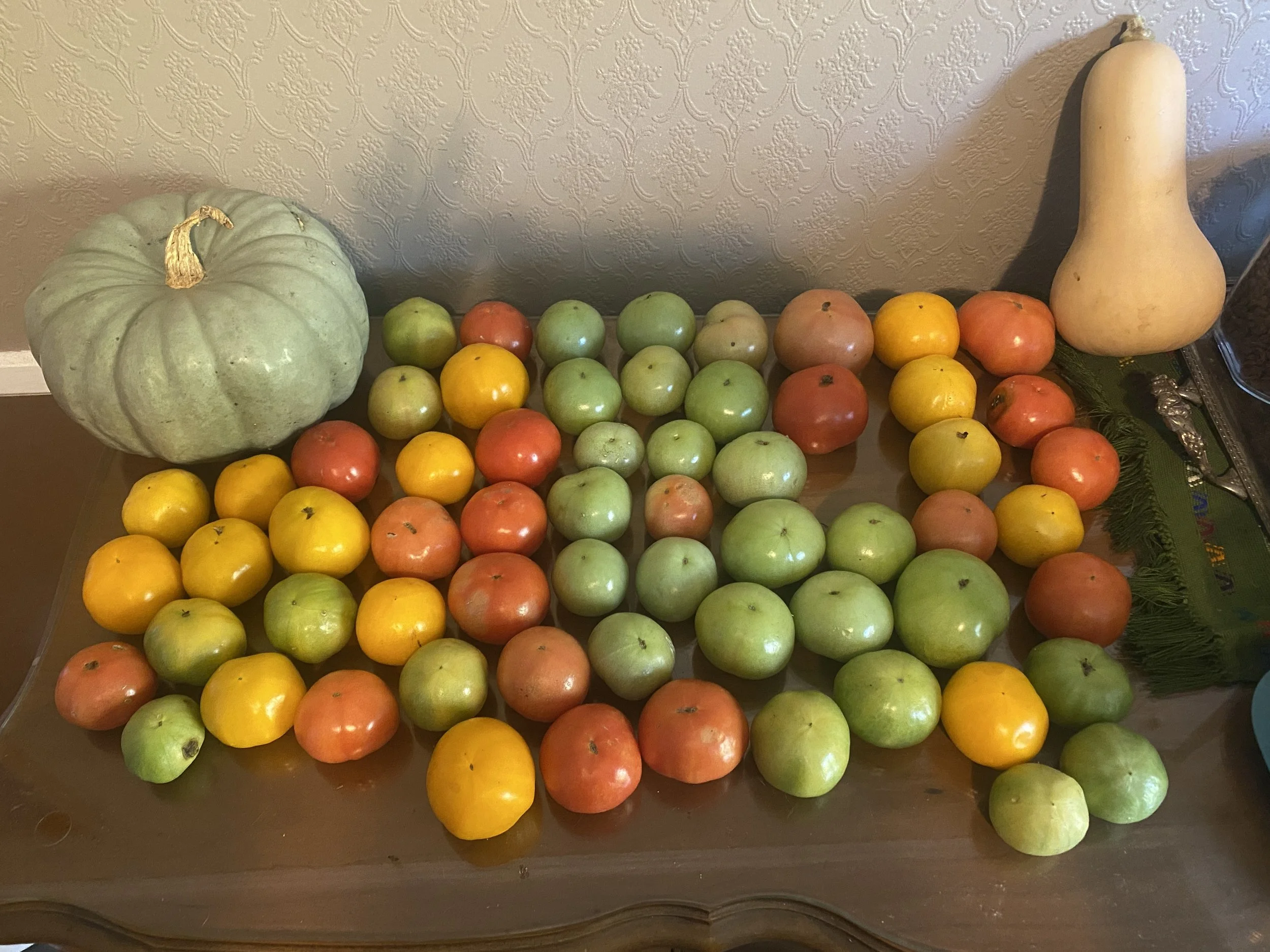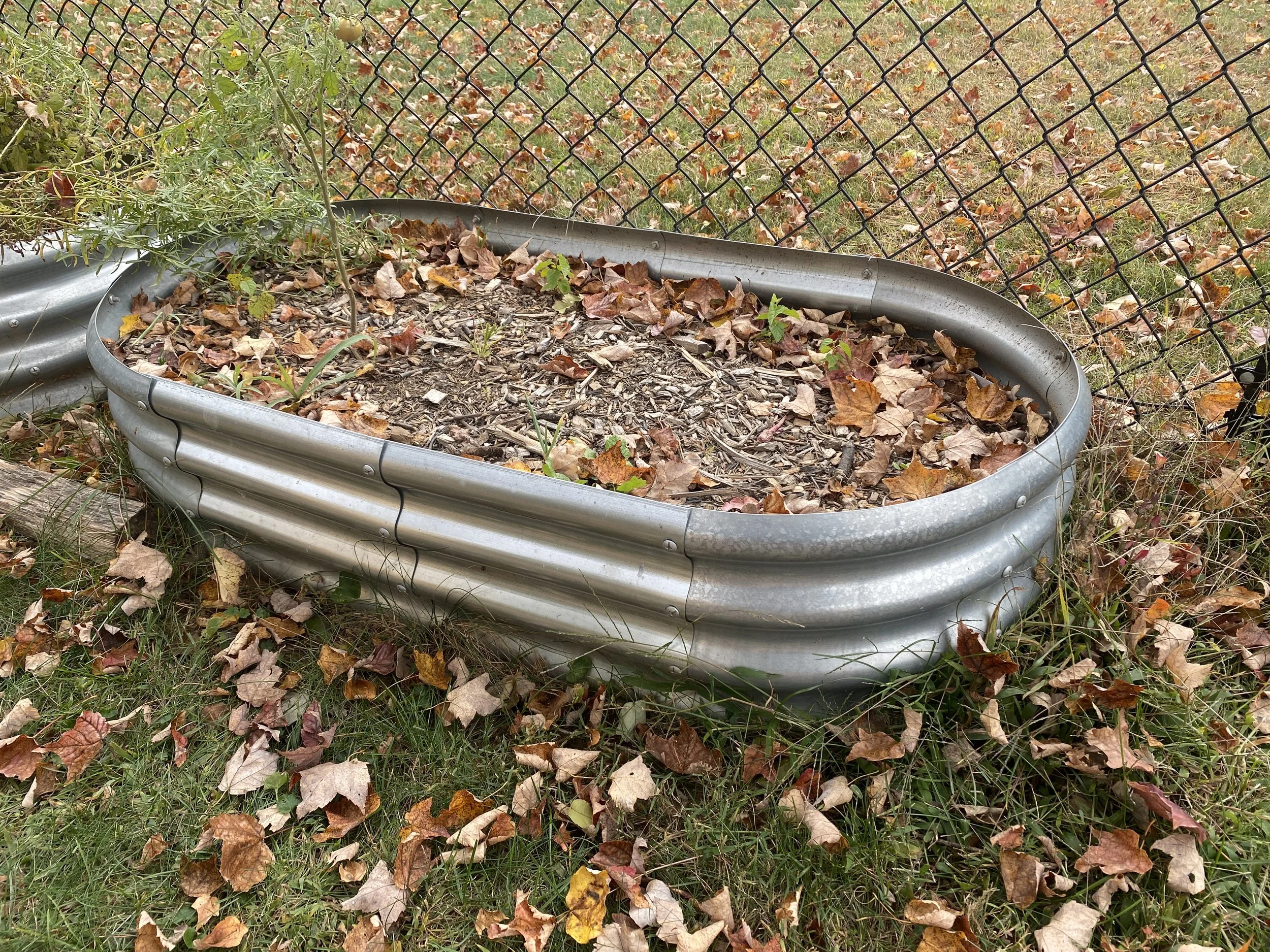Save Time in the Garden: Hacks for Busy Gardeners
Do you feel like you never have enough time to tend to your garden? You’re not alone. Between weeding, watering, planting, and pruning, the to-do list is never ending and it’s easy to get overwhelmed. We’ve been there ourselves, which is why we started to look for ways we could save time in our garden. Whether you’re growing vegetables, flowers, or anything else, these time saving hacks will help you spend less time tending to your garden and more time enjoying it.
Choose Your Plants Wisely
The plants you grow play a large role in how much time is needed to tend to them. It’s always important to plant things that you are interested in consuming or seeing bloom, but you should also consider whether they are native to your area, if they are perennial vs. annual, and how you plan to start the plants.
Native plants
Plants native to your zone are a good choice to plant for many reasons. If you’re not sure what your zone is, use the USDA Plant Hardiness Zone Map to find out. Native plants support local wildlife, use less water, and reduce the need for maintenance. In our zone 7b garden, we have a variety of native plants, like echinacea (purple coneflower), black eyed susans, and other native wildflowers. Since these plants are in their ideal climate and environment, they take little to no time for maintenance, besides the occasional watering or planting.
Perennial plants
Perennial plants come back each year on their own, unlike annual plants which need to be replanted each season. Perennials are an easy way to save time in the garden since you only have to plant them once. Some common edible perennials include asparagus, rhubarb, artichoke, and fruit trees and bushes. We personally love having echinacea, lavender, and hosta (which are all edible), as well as shasta daisies and black eyed susans in our garden.
There are also plants that self seed easily, like cosmos and german chamomile. These flowers are not perennials, but if you leave some of the flowers to die on the plant each year, they will likely self-seed and emerge next season. We treat some self seeding plants as perennials, by giving them enough space to spread and grow each year.
Starting plants (from seed or transplants)
Some gardeners prefer to start everything from seed, while others like to go to plant stores and shop around for the plants they want each year. Both are great choices when it comes to gardening, but you should consider the time commitment for each option. When planting from seed, you often need to start seeds indoors, especially if you live in a colder zone where your growing season is not as long. Buying transplants from a local garden store is more expensive, but you can usually find a large selection of plants that you may want. If you don’t start seeds early enough or you don’t want to tend to the plants for the first few weeks, buying plants from the store and transplanting them into the garden will save you a lot of time.
Some plants grow better if they’re started from seed, like carrots, so make sure you research each plant before purchasing a transplant. We like to start as many plants from seed as possible and supplement with plants from the store. We inevitably kill a few seedlings each year, so it’s nice to have the back-up option to buy from our local garden store. We also like to look at the store for any plants we haven’t seen before so we can add some exciting new plants to the mix.
Efficient Watering
Watering can be one of the most time consuming tasks in the garden, especially if you have a large garden or a lot of plants. Mulching, using drip irrigation, and planting your garden near a water source are a few ways to reduce the time you spend watering. Not sure which watering method is best for your garden? Check out our guide to How to Water Your Garden: 4 Methods That Work (And When to Use Them).
Mulch all garden space
Mulching your garden will help retain moisture in your soil over a longer period of time, meaning you don’t have to water it as often. You can use bagged mulch or straw from a garden store or get wood chips from a local landscape company. We prefer to use wood chips for mulch and the walkways between our garden beds because it’s cheap and has no added dyes. Without mulch, water will pool on top of your soil and cause cracking in the soil, which dries out your plants roots faster. Mulch is especially important for garden space that is not directly in the ground. Containers and plant pots dry out a lot easier than in ground beds do.
Install drip irrigation
Drip irrigation is our favorite way to reduce time in the garden and it’s a lot easier to install than you might think. Drip irrigation works by pushing water through a main hose that connects to drip emitters placed around your garden space. The drip emitters release water slowly over a specified period of time. We ordered a drip irrigation kit and a timer that connects to the irrigation system. We re-use the kit and it only takes about an hour to set up the system each year. Our system connects to a spigot, but you can also set up irrigation systems with rainwater collection bins. The plants are watered twice a day for 20 minutes automatically. Our garden thrives once we set up the irrigation because the roots rarely dry out for too long. It’s an initial money and time investment, but irrigation is so worth it in the long run.
Plant near a hose or rain water collection system
Having access to water is important for any garden space. We’ve had garden spaces over the years where we have to carry watering cans across the yard. It doesn’t seem like a huge deal at first, but once you start spending time every day to lug water around, it gets tiring fast. Try to place your garden space near a hose or rain water collection system so it’s easy to water when you need to.
Intentional Maintenance
We like to bring intentionality to everything we do, including our time in the garden. When you take the time to plan out what you’re going to spend your time on, you will spend less time worrying about the to-do list and more time tending to your most important tasks. Here are a few ways that we use intentionality for our garden chores.
Small amounts of daily maintenance
A garden can become overwhelming very quickly, especially once the temperatures get really high mid summer and the plants are taking off quickly. Devote a small amount of time each day to tending to the garden. Even 5 to 10 minutes a day spent on weeding, transplanting, or defoliating are going to make a huge impact on your garden over the season. Trying to tackle all of the weeding or defoliating at once can be overwhelming and not realistic with a busy schedule, so small amounts of daily maintenance keep us on track with our plants. You can also plan your tasks around specific garden spaces. We will task ourselves with weeding one individual garden bed, instead of an entire area, which is much more manageable.
Keep tools nearby
Keeping your tools handy will save you time when you want to quickly take care of something. We keep our main gardening tools, like clippers, a shovel, and gloves near our door to the garden. It’s easy to grab when we walk through the garden and see something we want to take care of. We also keep a basket out with clippers for harvesting flowers and vegetables quickly.
Break down large tasks
Whether you’re setting up a new garden bed or need to mulch your walkways, large projects in the garden are often time consuming and labor intensive. By breaking down the tasks into smaller chunks, it will be easier to manage. This might look like splitting the task into multiple days or breaking it down into smaller pieces. For our garden, we limit ourselves to 3 projects at a time. We may be focused on re-mulching walkways, planting trees, and weeding the garden. We won’t take on any other large tasks until one of these three is completed. If we need to plant 4 trees, we will split the task across 4 days so we have time to do the regular maintenance on the garden as well. For re-mulching walkways, we break it down into one truck load of mulch at a time. For weeding, we will break down the task into specific spaces. When we break down these large tasks, it doesn’t feel like as much work to do and we don’t fall behind on regular maintenance tasks. Plus, it usually gives our bodies a break since these tasks are often very physically demanding.
Start Gardening
Gardening should be an enjoyable activity, not something that causes you constant stress. By using a few time-saving methods, you can stay on track with your garden and focus on the joy of seeing your plants thriving. Happy gardening!











